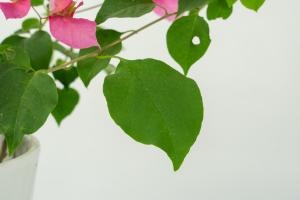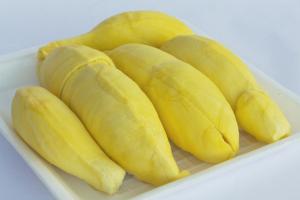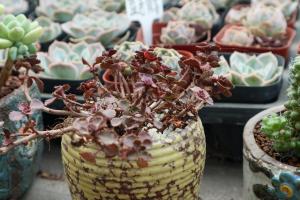Can I Use Play Sand in Planted Vegetable Pots?
When it comes to gardening and growing your own vegetables, there are a lot of factors to consider. One of the most important is the type of soil you use. Soil provides the nutrients and moisture that plants need to grow, so it's crucial to choose the right type. While some gardeners swear by traditional potting soil or compost mixes, others have explored unconventional alternatives. One material that has gained popularity in recent years is play sand. But can you use play sand in planted vegetable pots, and what are the pros and cons?
What is Play Sand?
Play sand, as the name suggests, is a type of sand that is often used for children's play areas, sandboxes, and other recreational purposes. It is designed to be clean, safe, and non-toxic, with a smooth texture that makes it ideal for building sandcastles, digging, and creating shapes. Play sand is typically made from silica, but it can also contain other minerals, such as calcium carbonate or clay. It is important to note that not all types of sand are suitable for gardening or for use in planted vegetable pots.
Benefits of Using Play Sand in Planted Vegetable Pots
There are several advantages of using play sand in planted vegetable pots, particularly if you want to create a well-draining environment for your plants. One of the main benefits is that play sand is great for improving soil structure and texture. It can help to break up heavy or compacted soils, allowing water and air to penetrate more easily. Play sand can also help to retain moisture in the soil, which is essential for healthy plant growth. Additionally, play sand is inexpensive and readily available at most hardware stores or garden centers. It is also easy to work with, making it a popular choice for novice gardeners.
Drawbacks of Using Play Sand in Planted Vegetable Pots
While there are some benefits to using play sand in planted vegetable pots, there are also some potential drawbacks to consider. One of the main disadvantages is that play sand does not provide any nutrients for your plants. Unlike traditional potting mixes or compost blends, which contain a variety of organic matter, play sand is purely mineral-based. This means that you will need to supplement your soil with fertilizer or other nutrients to ensure that your plants have access to everything they need to thrive. Additionally, play sand can sometimes contain contaminants, such as asbestos or lead, that could be harmful to your health or to the environment if not properly handled.
How to Use Play Sand in Planted Vegetable Pots
If you decide to use play sand in your planted vegetable pots, it is important to take some precautions to ensure that your plants stay healthy and safe. First, make sure that the sand you are using is clean, washed, and free of any debris or contaminants. You can usually find bags of play sand that are specifically labeled for gardening or horticultural use, which have been screened and sterilized to remove any harmful substances. Additionally, you should always mix some organic matter, such as compost or peat moss, into your soil to provide some extra nutrients for your plants. Finally, monitor your plants carefully and make sure that they are watered appropriately, as play sand can dry out quickly and easily.
Conclusion
In summary, while play sand may not be the ideal choice for everyone, it can be a useful alternative for gardeners looking to experiment with different soil mixtures or trying to create a specific environment for their plants. Using play sand in planted vegetable pots can help to improve drainage and soil texture, but it is important to keep in mind that it does not contain any nutrients and can sometimes contain harmful contaminants. As with any gardening project, it is essential to research and experiment to find the best solution for your individual needs.

 how many times do yo...
how many times do yo... how many planted tre...
how many planted tre... how many pine trees ...
how many pine trees ... how many pecan trees...
how many pecan trees... how many plants comp...
how many plants comp... how many plants can ...
how many plants can ... how many plants and ...
how many plants and ... how many pepper plan...
how many pepper plan...































